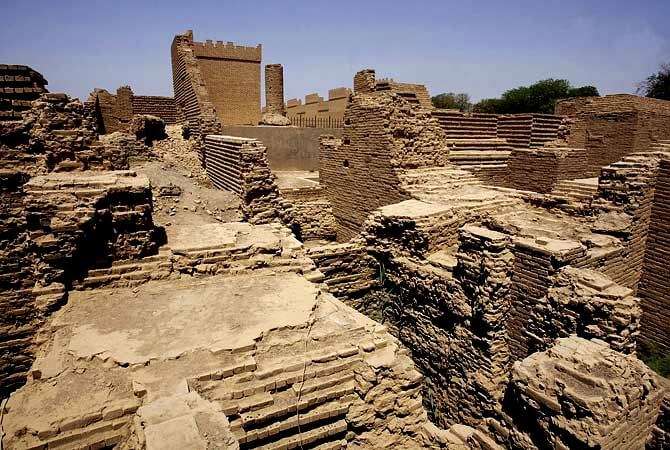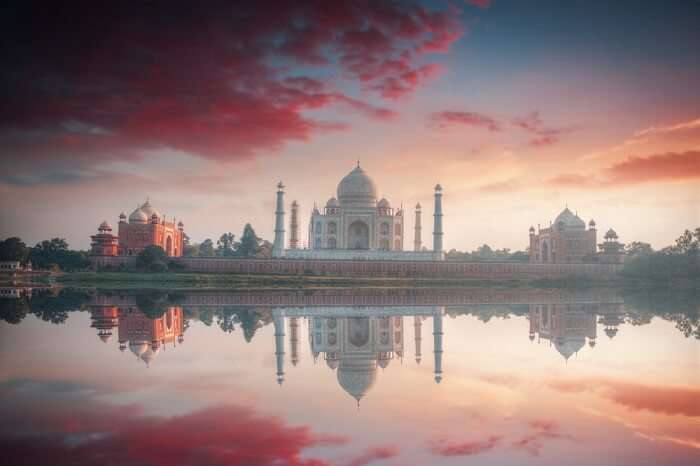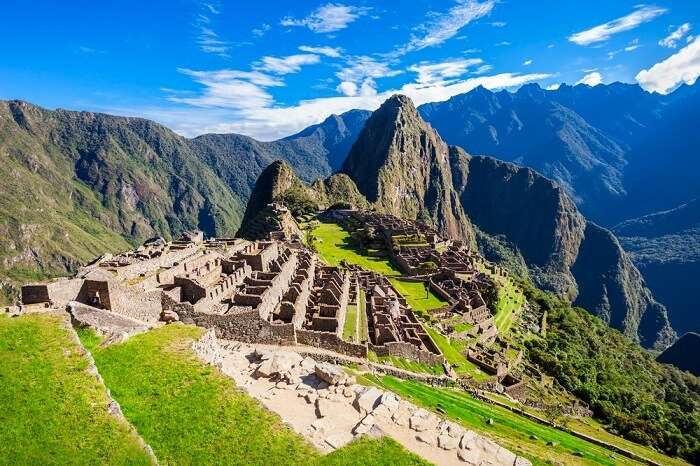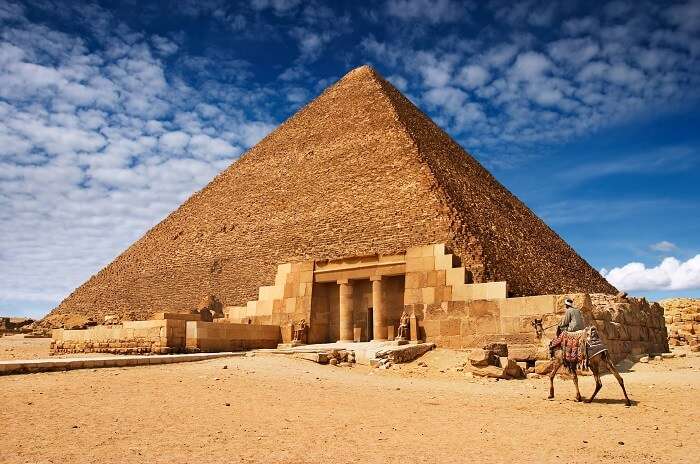The Seven Wonders of the World – A Journey Through Ancient Architectural Marvels
In the ancient world, there was a list of seven structures or monuments that were considered the most impressive architectural achievements of their time. These structures were collectively known as the Seven Wonders of the World. Today, these wonders remain a symbol of human engineering and architectural achievement and continue to inspire new generations
Nature has created countless number of wonders, we got a long way to go as man have created only seven wonders
The Hanging Gardens of Babylon – Iraq
The Hanging Gardens of Babylon were terraced gardens built in the 6th century BC by King Nebuchadnezzar II for his wife. The gardens were said to be one of the most beautiful structures in the ancient world and were known for their lush vegetation and stunning views. Although the Hanging Gardens of Babylon are no longer standing today, they continue to be remembered as a symbol of beauty and engineering achievement.
Taj Mahal, India
Machu Picchu - Peru
Perched high on the Andes Mountains and built of limestones that are mortar-free, Machu Picchu is one of the most classic 7 wonders of the world. Dating back to the 15th century, Machu Picchu in Peru is the most renowned structure of the Inca civilization which is famous for its dry-stone walls.
The Colossus of Rhodes – Greece
The Colossus of Rhodes was a massive statue, built in the 3rd century BC, that was one of the largest bronze statues ever created. The statue was built to honor the sun god Helios and was considered one of the Seven Wonders of the ancient world. Although the statue is no longer standing today, its legacy lives on as a symbol of human engineering and architectural achievement.
Christ the Redeemer, Brazil
Located atop the Corcovado Mountain in Tijuca Forest National Park, the wondrous statue of Christ the Redeemer is perched at a height of 700 metres. Overlooking the city of Rio de Janeiro and constructed during the period of 1922 to 1931, the statue is not only the symbol of Christian community but is also one of the iconic landmarks of Brazil and Rio.
Chichen Itza - Mexico
The renowned structure of Mayan ruins, the city of Chichen Itza boasts of a World Heritage Site of a massive temple – El Castillo, built in the shape of a pyramid. Dedicated to the God of Kukulkan, the structure consists of 91 steps on each side which when totalled with the final step of the temple, equals the number of days in one Haab year, i.e., 365 days.
Great Wall of China - China
Stunning as it looks, Great Wall of China is one of the those 7 wonders of the world that need no introduction. Encompassing of defensive fortifications that are a perfect blend of bricks, rammed earth, wood, stones, and other substances, the Great Wall of China was built to protect the Chinese region from invasions of empires during 7th century BCE.
The Great Pyramid of Giza
Of all the ancient seven wonders of the world, the Great Pyramid of Giza is the one and only wonder that has survived to stand tall through thick and thin. Constructed between the period of 2584 BC & 2561 BC, it is the largest of all three pyramids with a base of about 230.4 metres, and a height of 146.5 metres.
Petra, Jordan
Located in the southwestern desert of Jordan, Petra is the world-famous archaeological site that once served as the Nabatean Kingdom’s capital. Boasting of its one of a kind pink sandstone cliffs out of which the tombs and temples are sculpted, Al Khazneh is the most famous temple of all. Featuring a facade known as the Treasury, Petra reflects the authentic Greek architecture that attracts millions of travelers across the world.
The world's seven wonders stand the test of time: Truth, love, joy, faith, peace, virtue, and wisdom.
1









Comments
Post a Comment